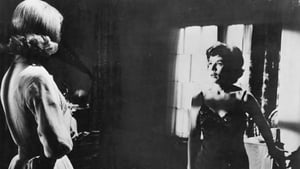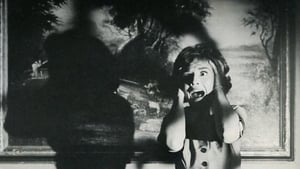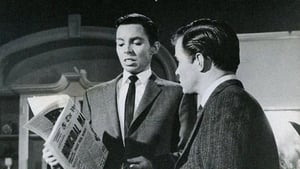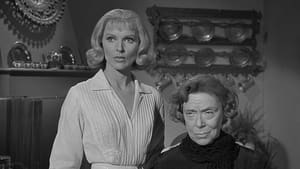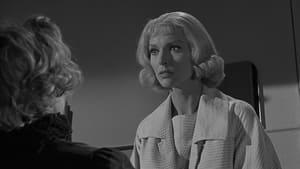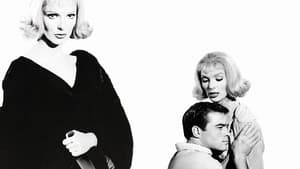Contact: [email protected]
Video Sources 0 Views

Synopsis
[ez-toc]




Introduction
In the vast tapestry of old movies, few gems shimmer as brightly as Homicidal Colorized 1961. This celluloid relic, now infused with vibrant hues, beckons audiences to a bygone era, where suspense and horror intermingle in a psychological thriller that has stood the test of time. As we embark on a journey through the colorized corridors of this classic film, we delve into the nuances of its production, explore the controversial realm of colorization in cinema, and ponder the significance of preserving and appreciating cinematic treasures.
Read Media File Transfer Agreement: Terms and Conditions
Read FAQ
Background of Homicidal Colorized (1961)
Homicidal Colorized, directed by the legendary William Castle, emerges from the shadows of 1961 as a testament to the golden age of old films. A small California town sets the stage for this cinematic masterpiece, where Castle, known for his innovative approach to filmmaking, weaves a tale of suspense and horror that lingers in the minds of viewers. The cast, featuring Glenn Corbett and Patricia Breslin, delivers stellar performances, breathing life into characters that have become iconic in the annals of classic cinema. The film, a psychological thriller at its core, explores the darker corners of the human psyche, blending horror and suspense in a symphony that has resonated for decades.
Colorization Process in Cinema
To fully appreciate the impact of Homicidal Colorized 1961, one must grasp the meticulous process of colorization. This transformative technique brings old movies into the modern era by infusing them with vibrant colors, breathing new life into scenes that were once monochromatic. The color process is an art form in itself, offering a fresh perspective on classic films and making them more accessible to contemporary audiences. However, the debate over colorization and its impact on preserving the original intent of filmmakers remains a contentious issue. As we explore Homicidal in its colorized form, we navigate the delicate balance between tradition and innovation, appreciating the artistry while acknowledging the concerns.
“Homicidal Colorized” as a Colorized Film
The decision to colorize Homicidal Colorizedwas a bold move that added an extra layer of intensity to an already gripping narrative. The murderous woman at the center of the story becomes even more formidable when viewed through the lens of color, her actions painted in shades that heighten the suspense.
What sets Homicidal apart is the introduction of the “fright break” gimmick, a Castle trademark. This daring approach invited audiences to leave the theater before the shocking climax and receive a refund—a psychological ploy that only a handful ever dared to exploit. The colorization of Homicidal, coupled with Castle’s avant-garde audience engagement techniques, positions the film as a unique piece in the mosaic of colorized movies, challenging conventions and pushing the boundaries of cinematic storytelling.
Justice of the Peace: Emily/Warren Dual Role
At the heart of Homicidal lies the character of the Justice of the Peace, played by the enigmatic Jean Arless. This character, with its dual role as Emily and Warren, becomes a linchpin in the narrative, driving the plot forward and adding layers of complexity to the suspense. Arless’s performance is nothing short of stellar, seamlessly transitioning between the two personas and leaving audiences questioning the boundaries between sanity and madness. The Justice of the Peace character becomes a pivotal element, contributing to the film’s enduring appeal and establishing Homicidal as a psychological thriller that transcends the limitations of its time.
“Homicidal” vs. “Psycho”: A Comparison
As we traverse the landscapes of Southern California, comparisons between Homicidal and Alfred Hitchcock’s iconic Psycho are inevitable. Both films share roots in the psychological thriller genre, yet each offers a unique flavor of suspense. While Psycho took the world by storm with its shower scene and psychological depth, Homicidal provides a thrilling alternative. The Southern California settings in both films become characters in themselves, shaping the stories in ways that add depth and complexity to the overall experience. Homicidal, with its own set of twists and turns, emerges as a compelling counterpart to the Hitchcock masterpiece, showcasing the diversity within the psychological thriller genre.
“Homicidal Colorized 1961”: Forty-Years-Later Perspective
Now, forty years after its initial release, Homicidal Colorized 1961 steps into the spotlight once again, welcoming audiences to a nostalgic encore. Jean Arless, the embodiment of the Justice of the Peace, reflects on the film and its enduring legacy.
The cast’s perspective, layered with insights from a “forty-years-later” point of view, offers a unique glimpse into the making of the film and its impact on both the cast and audiences. Comparisons with the initial reception and reviews provide a fascinating journey through time, showcasing how perceptions of the film have evolved over the decades. The enduring appeal of Homicidal Colorized 1961 becomes evident as it continues to captivate audiences across generations, a timeless masterpiece that refuses to fade into cinematic obscurity.
Colorized Films: Bridging Generations
Beyond the individual brilliance of Homicidal Colorized 1961 lies the broader significance of colorized films in bridging generational gaps. With its brutal stabbing murder, intricate investigation, and dark family secrets, Homicidal serves as a bridge between the past and the present. The allure of colorized films lies in their ability to transcend temporal boundaries, offering a fresh perspective to new audiences while preserving the cinematic treasures of the past. As we delve into the vibrant hues of Homicidal, we find ourselves connected to a shared cinematic history that resonates across the ages, a testament to the enduring power of storytelling through the lens of color.
Conclusion
In this odyssey through Homicidal Colorized 1961, we have unraveled the tapestry of its plot, marveled at the performances that brought it to life, and delved into the controversial realm of colorized movies. As we navigate the intricate dance between tradition and innovation, Homicidal emerges as a shining example of how the past can be reimagined in a modern context.
We invite you to experience the magic of this psychological thriller, to immerse yourself in the vibrant colors that breathe new life into a classic, and to join us in the ongoing conversation about the importance of preserving and appreciating cinematic treasures. Watch, relish, and let the kaleidoscope of Homicidal Colorized 1961 transport you to a world where old movies find new brilliance, leaving an indelible mark on the canvas of cinematic history.
